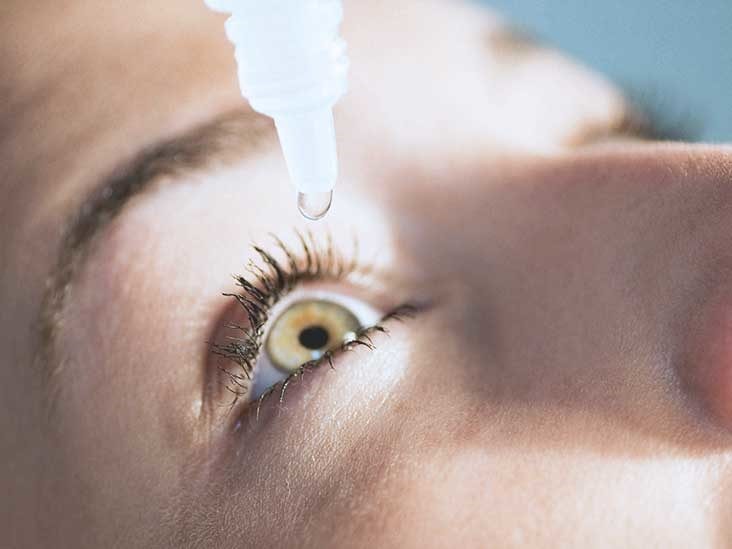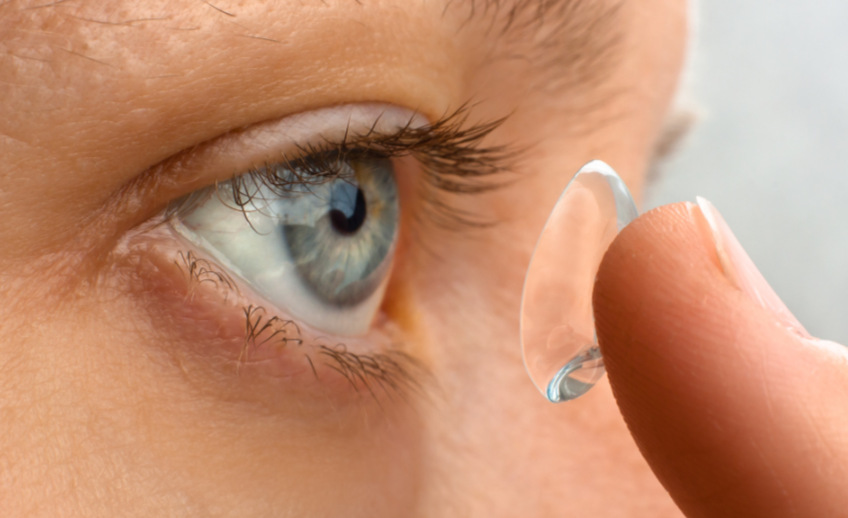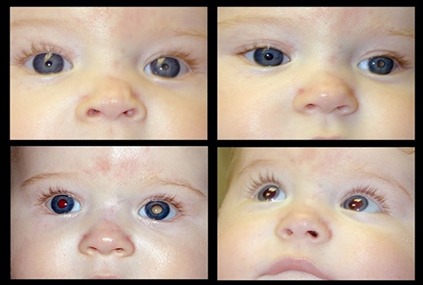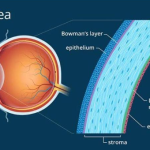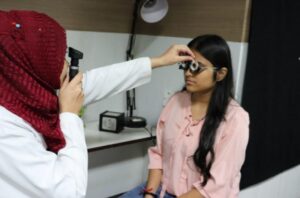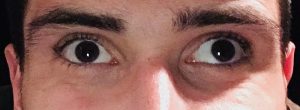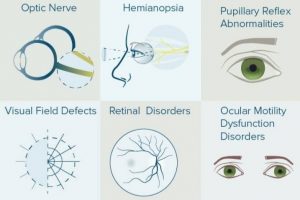Asthenopia, though annoying, isn’t serious and doesn’t cause permanent vision or eye problems. Limiting screen time, taking breaks, and making a few adjustments to your surroundings and daily habits is often all that’s needed to improve your symptoms and prevent them from coming back.

Some ways to Manage asthenopia:
Medical treatment for asthenopia
Medical treatment for asthenopia is sometimes needed when symptoms are severe or related to an underlying condition. See an ophthalmologist or optometrist if you experience any problems with your vision or if asthenopia continues even after reducing screen time and taking other measures to rest your eyes.
Medical treatment for asthenopia and related symptoms depends on the cause and may include:
- Glasses
- Contact lenses
- Refractive surgery
- Prescription eye drops
Use artificial tears
Over-the-counter (OTC) artificial tears help keep your eyes lubricated, which can relieve or prevent dry eyes caused by straining. Use them even if your eyes feel fine before sitting down to work at a computer or other close task.
OTC artificial tears can be purchased in stores or online. Look for lubricating eye drops that don’t contain preservatives. These can be used as often as you need and don’t contain chemicals that can further irritate your eyes.
Examples of preservative-free lubricating eye drops are:
- Refresh Optive Lubricant Eye Drops
- Alcon Tears Naturale Free Lubricant Eye Drops
- Systane Ultra Lubricant Eye Drops
Some necessary safety required for eye strain or asthenopia
These are-
Adjust lighting
Having ample light when performing certain tasks, such as reading or sewing, can help reduce strain and eye fatigue. Place your light source behind you when performing any type of close work and position it so the light is directed onto your task.
A lamp shade on a light positioned in front of you is best if you’re working or reading at a desk. The key is to have sufficient lighting without having it shine directly into your eyes.
If you’re watching TV, soft or dim lighting in the room will be easier on your eyes.
Practice smarter screen time
Limiting the amount of time you spend focused on a computer screen or digital device can go a long way in improving symptoms of asthenopia. Along with limiting screen time, try the following when working at your computer or using a digital device:
- Blink often to refresh your eyes. Many people blink less than usual when working at a computer, which can contribute to dry eyes. Blinking produces tears that moisten and refresh your eyes. Try to make it a habit to blink more often when looking at a monitor.
- Take eye breaks. Throughout the day, give your eyes a break by looking away from your monitor. Try the 20-20-20 rule: Every 20 minutes, look at something 20 feet away for at least 20 seconds.
- Check the lighting and reduce glare. Bright lighting and too much glare can strain your eyes and make it difficult to see objects on your monitor. The worst problems are generally from sources above or behind you, including fluorescent lighting and sunlight. Consider turning off some or all of the overhead lights.
If you need light for writing or reading, use an adjustable desk lamp. Close blinds or shades, and avoid placing your monitor directly in front of a window or white wall. Place an anti-glare cover over the screen.
- Adjust your monitor. Position your monitor directly in front of you about an arm’s length away so that the top of the screen is at or just below eye level. It helps to have a chair you can adjust too.
- Use a document holder. If you need to refer to print material while you work on your computer, place it on a document holder. Some holders are designed to be placed between the keyboard and monitor; others are placed to the side. Find one that works for you. The goal is to reduce how much your eyes need to readjust and how often you turn your neck and head.
Adjust your screen settings. Enlarge the type for easier reading. And adjust the contrast and brightness to a level that’s comfortable for you.
What’s the 20-20-20 rule?
If you find yourself gazing at screens all day, your eye doctor may have mentioned this rule to you. Basically, every 20 minutes spent using a screen, you should try to look away at something that is 20 feet away from you for a total of 20 seconds.
Take breaks
Asthenopia occurs when your eyes spend too much time focused on something without taking a break. Whether you’re reading, using a computer, or driving, taking periodic breaks is important. Look away from screens or pages periodically, and pull over to rest your eyes when on a long drive.
Eye exercises: Occasionally stop working to remove eye strain and warm your palm by rubbing both hands. Place the warm palm on the eyes for 30 seconds and repeat this process three to five times. It increases the blood circulation in the eyes and relaxes the eye muscles. This therapy relaxes the eyes and prevents eye strain. There are a variety of eye exercises that relieve the eye strain.
A WORD FOR VERY WELL
Eye strain is common. It is caused by overuse of the eye muscles. Symptoms include dry eyes, eye pain, headaches, and blurry vision.
Reading, driving, or looking at small things up close can cause eye strain. Using screens and playing video games can also contribute. Eye strain is common in people who have uncorrected vision problems.
If your eyes feel better with rest, you probably have eye strain. If you have other symptoms like nausea or severe eye pain, you may have another condition. See your healthcare provider. An eye exam can help diagnose vision problems and other conditions.
The best treatment for eye strain is to rest your eyes. You can also prevent eye strain by changing the light in your room, adjusting screen brightness and font sizes, and wearing corrective lenses if you need them.

